Guardians of the globe: How luxury and sustainability go hand in hand in Namibia and South Africa
Flying is bad, right That’s the simplified version of sustainability. It’s easy to feel that unless you’re taking public transport, wild camping and eating vegan, your holiday is having a negative impact on the environment.
It took a flight to change my perspective. Floating in a balloon, high above a silent dawn in the Namib Desert, the world looked unfamiliar. I gazed over seas of undulating apricot-coloured dunes, stretching to the horizon.
I floated over flat-topped hoodoos, their wind-carved sides flowing down in swirls; rock rendered in shapes more akin to water. I puzzled over a flea-like pin-prick on the plain far below as the early sun, low to the horizon, elongated its shadow into something that resembled a dinosaur.
“Ostrich,” explained Lenny, our pilot. During an hour-long flight over the world’s oldest desert, the only signs of human existence were the other two balloons in the sky, and the ground crew who’d sent us up (and were waiting with a champagne breakfast to welcome us back down).
Namibia is one of the most sparsely-populated countries on earth, second only to Mongolia. This pristine wilderness is a reminder how beautiful our planet can be when we leave it untouched.
The cost of conservation
Yet keeping tracts of land unmolested costs money. Unless they’re protected by governments as national parks, it’s up to private entities to choose stewardship over exploitation. And doing the former isn’t cheap. Sustainable tourism is one of the most effective ways to preserve and protect some of our planet’s most fragile and remarkable environments.
So while long-haul flights are undeniably carbon[1]heavy, and those who care about climate change will want to use them sparingly and selectively, to vilify them entirely is simplistic. Leaving destinations bereft of the high-spending tourists who contribute significantly to the economy is damaging in itself.
As I gazed down from the balloon, I was reminded of this bigger picture. The burners may use gas, but balloon operator Namib Sky runs its ground base on solar energy, provides employment for locals and uses profits and donations to finance a community school. It seems there’s a good side to flying, too.
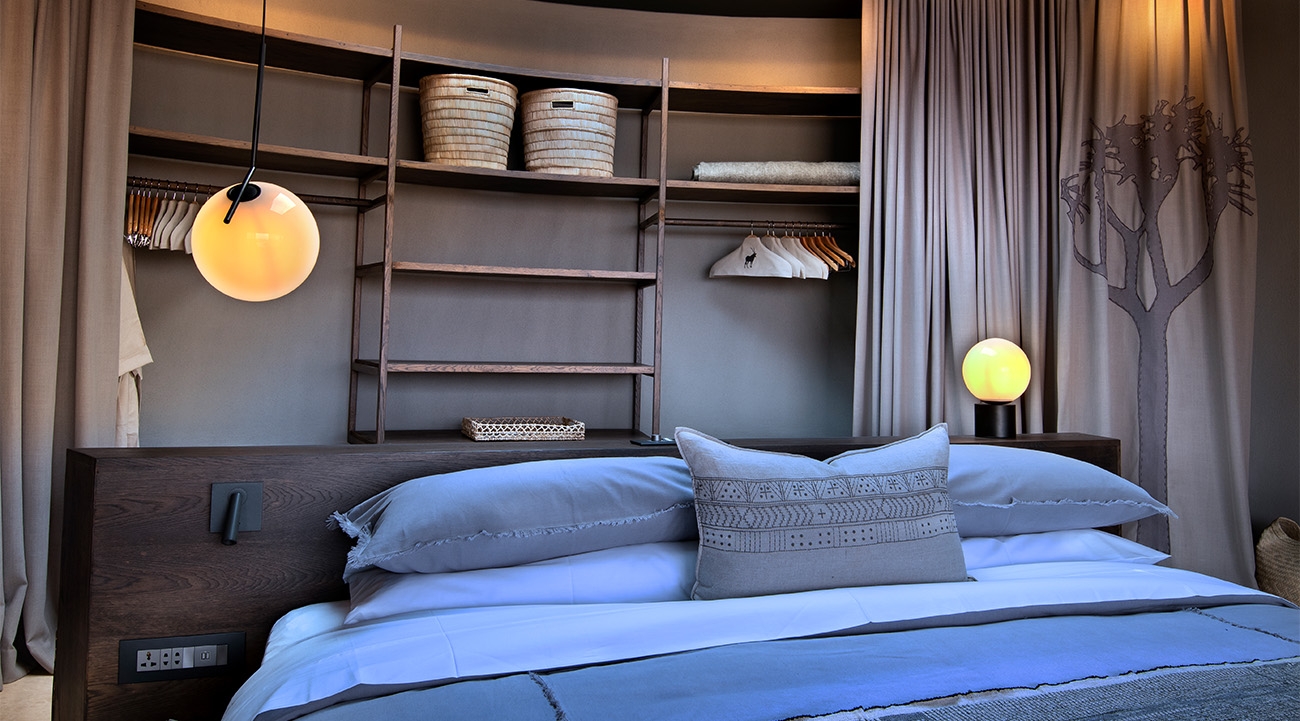


Stay sustainably
Responsible travellers can channel their spend into organisations that support local communities and safeguard the natural environment – like the properties featured by new sustainable luxury hotel collection Beyond Green (see box, left), of which my host property in Namibia is a member.
Sitting in a private concession covering more than 31,000 acres, andBeyond Sossusvlei Desert Lodge is sublime. Just 11 spectacular suites flank a dramatically designed central guest area. The low-impact rock, glass and steel structures blend into the hillside behind them, and in front a vast, oryx-dotted plain stretches away to the base of lofty peaks that cycle through shades of ink, chocolate, heather and ochre as the light changes.
Like all andBeyond properties, the lodge is the last word in sustainability. A state-of-the-art photovoltaic system means 82% of all energy used is renewable. Two 250-metre-deep boreholes gather water from one of the biggest aquifers in the Southern Hemisphere. Everything is procured as locally as possible, plastic is minimised and recycling prioritised.
Wow-factor first
However, when clients arrive, their first thoughts will not be about sustainable credentials. No mere mortal could arrive here without succumbing to heady, childlike excitement at discovering such strikingly stylish, uncompromising luxury in such an other-worldly landscape.
Suites are vast – standalone pavilions encircled on three sides by stone walls so you can enjoy the view from your outdoor shower or skinny-dip in your private pool in splendid seclusion. There’s a stargazing skylight above the bed, a set of watercolours should the surroundings bring out your inner artist, and a complimentary ‘mini’ bar that’s actually so maxi you could host every other guest for cocktails.
The service is exceptional and the dining top-notch – from epicurean dinners and bountiful breakfasts to an impossible-to-ignore afternoon tea spread. Sustainability happens behind the scenes; you need make no effort, no sacrifices.
We explored the phenomenal, pristine landscape by jeep, quad bike and on foot, our guides Sam and Bonnie on hand to make sure we didn’t miss a thing, from a sinuous sidewinder [snake] burying itself in the sand to an epic duel between a white dancing spider and a wedge-snouted lizard.
We scaled the ridge of the 325-metre-high Big Daddy, the tallest sand dune in Sossusvlei, then ran down its powdery flank to Dead Vlei, where arid camel thorn trees stood stark against the white clay pan. On my final morning, I snuck in another dawn drive to visit one of the oldest parts of this ancient landscape – a petrified dune.
Geological forces transformed the sand to rock 13 million years ago, and as I watched a glorious sunrise from its peak, I was filled with hope that we can preserve it for many more to come.
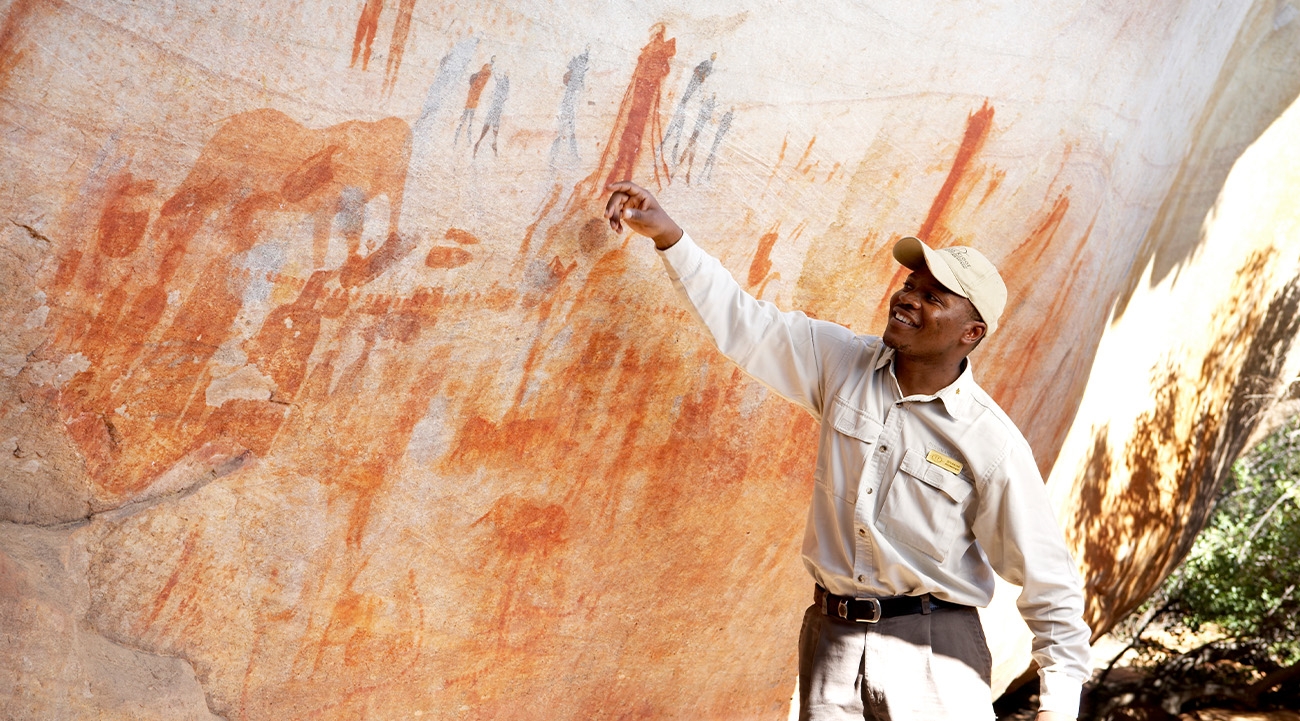
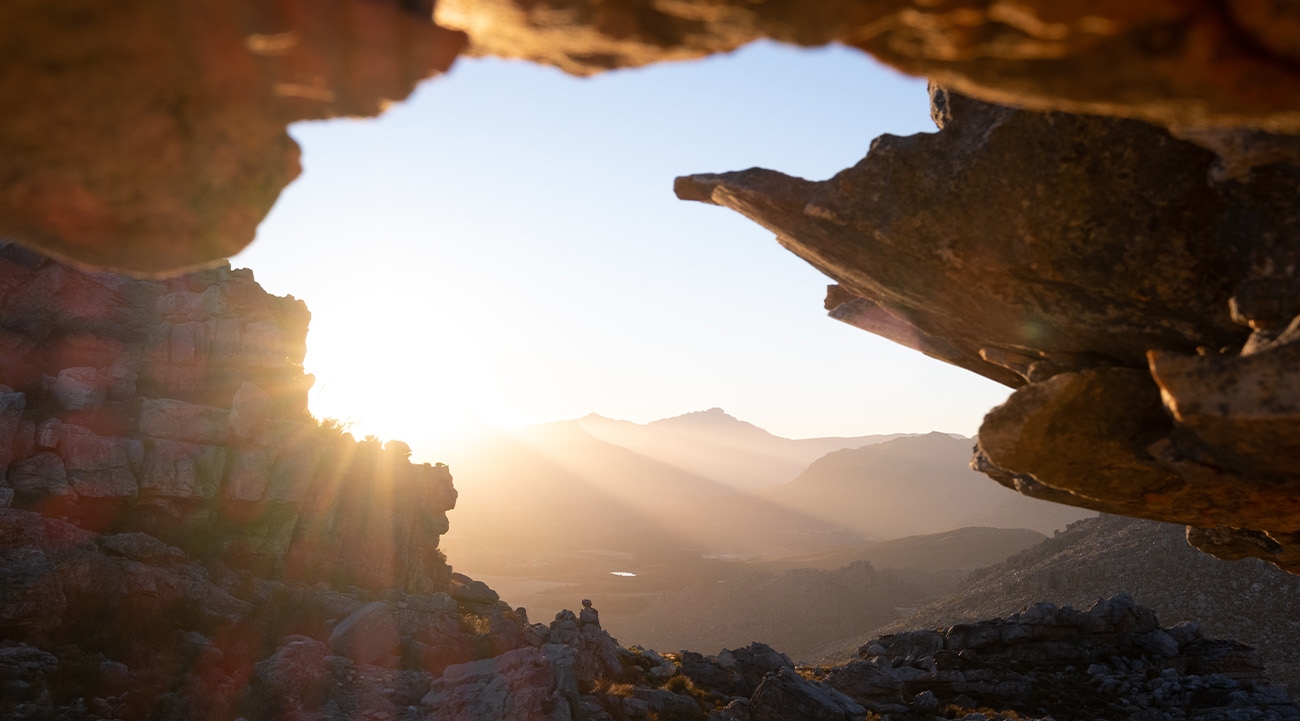
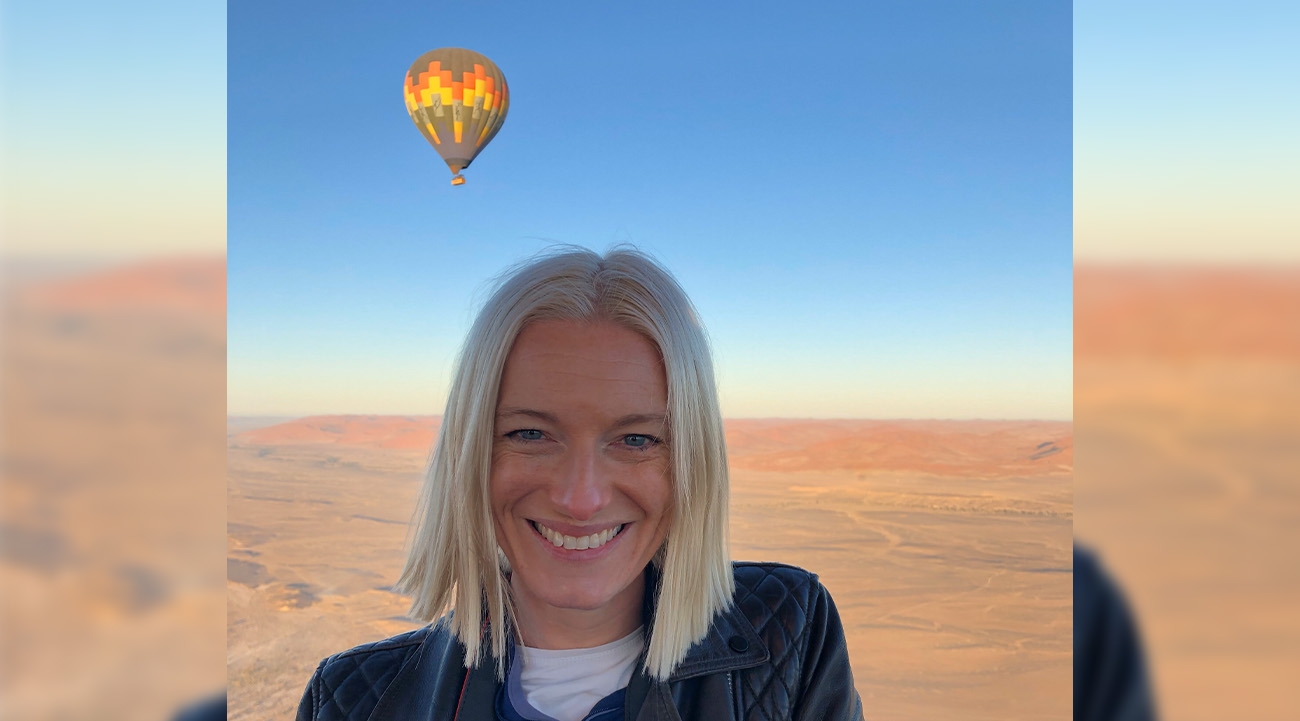
Protecting the past
More than 700 miles south in South Africa’s Cederberg Mountains, I was awestruck by sheer age once more. We’d trekked through the high-altitude fynbos – a heathland environment unique to the Cape provinces – to find a cave sheltered by an overhanging boulder. Inside, the sandstone walls were alive with figures – lean warriors carrying spears, a tall shaman with a horned headdress, even an elephant, surrounded by a group of hunters.
There are 130 of these ancient rock art sites at Bushmans Kloof, an 18,000-acre wilderness reserve with a luxury hotel at its heart. The paintings are the work of the Koi San bushmen, one of the oldest cultures on earth, and some date back 10,000 years.
The collection is so significant that the reserve has been awarded the status of a Grade 1 South African National Heritage Site. Our guide, Londi, explained how the tribes would have used porcupine quills and oxide pigments to stain the walls, the complex scenes created over multiple generations as a way of passing on the stories and knowledge of an otherwise oral tradition. Being able to view these Neolithic messages in situ and in person was an overwhelming privilege.
Under the stewardship of Bushmans Kloof, part of the family-owned Red Carnation Hotel Group, their safety is assured. But it’s not only the past that needs protecting here in the Cederberg. The area is a haunt for the elusive Cape leopard, a smaller sub-species so rare it’s estimated that fewer than 1,000 survive in the wild.
As well as creating a protected reserve where they can roam, Bushmans Kloof also provides Anatolian Shepherds as livestock guardian dogs, preventing clashes between local farmers and leopards.
Living in the moment
Here too, holidaying responsibly requires no martyrdom. High-ceilinged, traditionally Cape Dutch buildings house 14 opulent rooms and two suites, dotted among thriving gardens planted with indigenous flora where you’ll find a tranquil freshwater swimming pool around every corner.
As well as hiking the well-marked trails through the sprawling, mountainous terrain, we canoed in the calm lake waters and took evening game drives, spotting zebra, wildebeest and ostrich while sipping G&Ts.
Meals were movable feasts; as well as dining on the shady alfresco terrace of The Homestead we breakfasted in the wilderness (completed with portable omelette station), picnicked by the lake (with starched napkins and two tables groaning with grazing platters) and dined at Kadoro, a renovated shepherd’s hut in the heart of the reserve, stopping on the way home to stargaze.
I’ve rarely felt so pampered – the team here takes the welfare of its guests just as seriously as its commitment to sustainability. It’s a compelling combination, and a philosophy shared by all the member properties in the sustainable hotel collection. If clients are looking for adventures that are both indulgent and irreproachable, they’ll find them with Beyond Green.

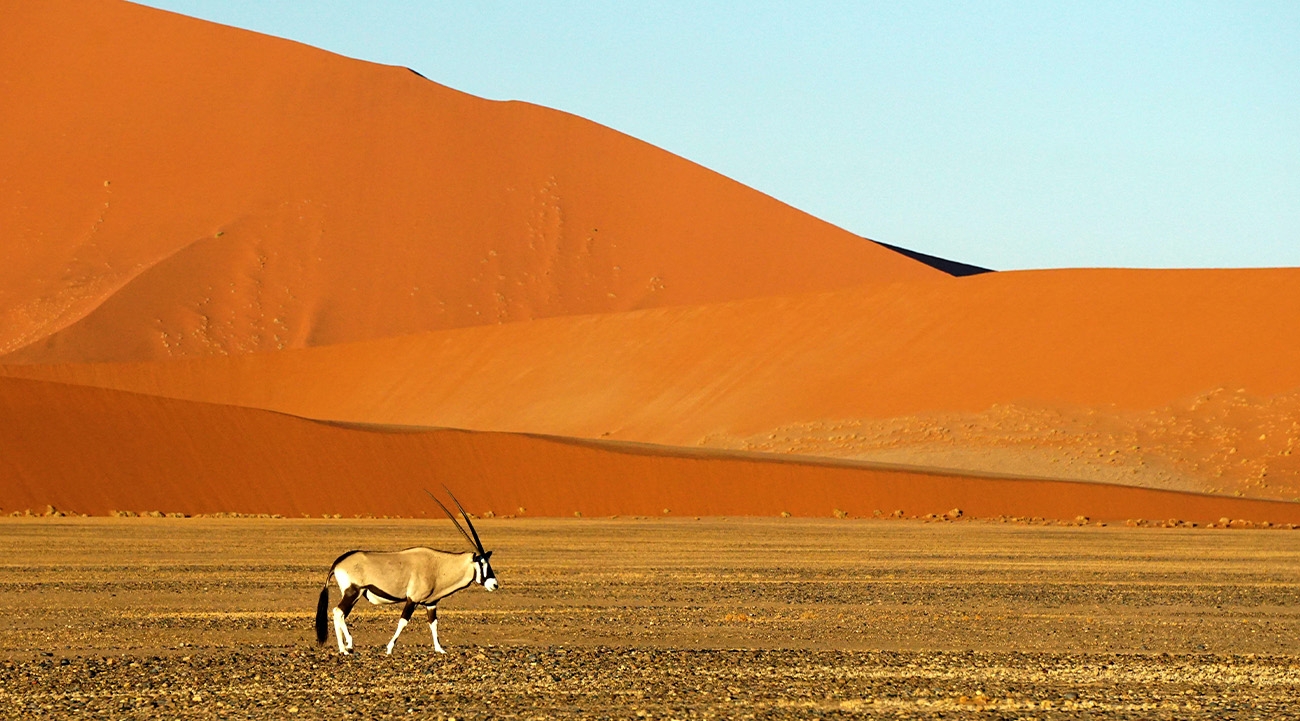
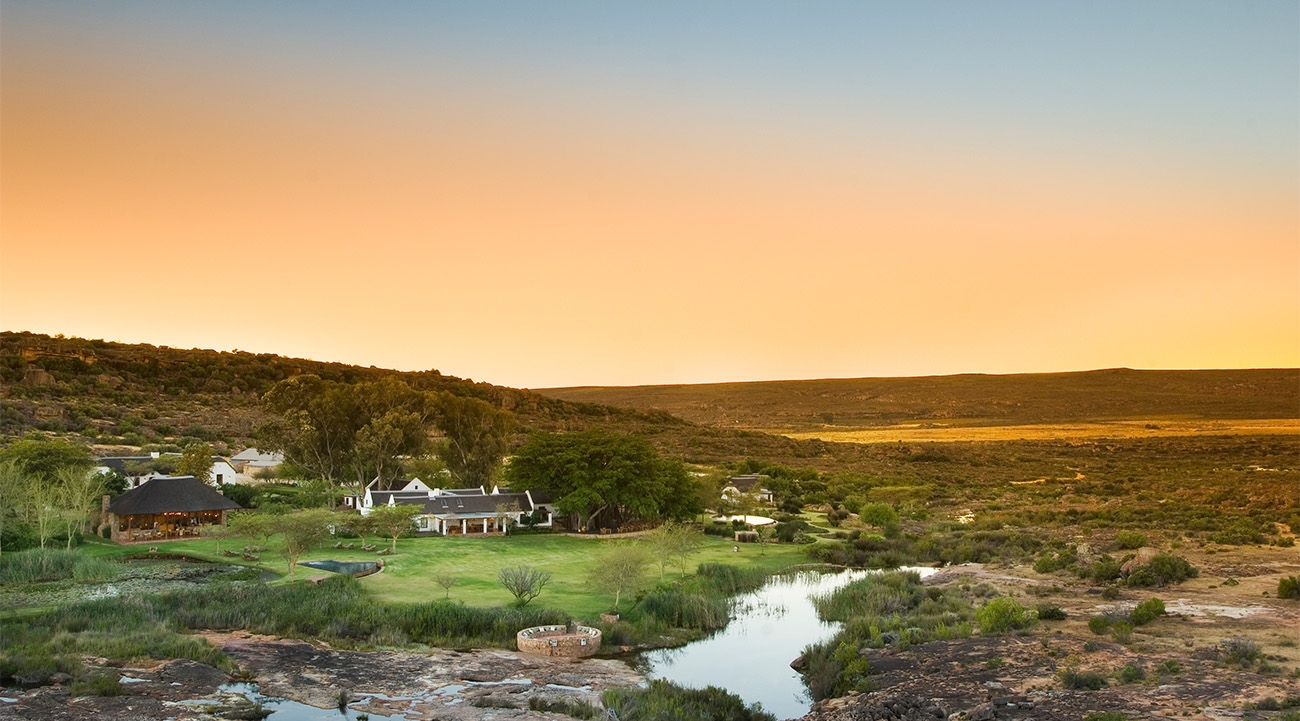
Beyond green
It can feel like almost every hotel claims to be responsible– so how do you see past the greenwashing This is where Beyond Green comes in.The portfolio of the planet’s most sustainable luxury hotels was founded byecotourism expert Costas Christ and Lindsey Ueberroth, chief executive ofPreferred Hotels & Resorts, and members undergo a rigorous vetting processacross more than 50 sustainability indicators to assess their suitability.
With nature, community and culture as core values, membersalso need to embrace fundamental principles including fair wages and genderequality too. There are currently 30 member properties around the world; hotelssuch as Borgo Pignano in Italy, Post Ranch Inn in California and The Brando inFrench Polynesia.
It’s not merely about marketing – those in the group cometogether for regular virtual forums to share best practice, learning from eachother’s experiences. If clients are looking to travel responsibly, you can feelconfident a Beyond Green member will deliver at the very highest standard whenit comes to both sustainability and service.
Beyond Green also provides a commissionable booking channelfor agents, either via GDS using the master chain code LE, or atstaybeyondgreen.com.
Book it: Stays at andBeyond Sossusvlei Desert Lodgestart from £923 per night, and at Bushmans Kloof from £500 per night, bothincluding food, drinks and most activities.
staybeyondgreen.com



